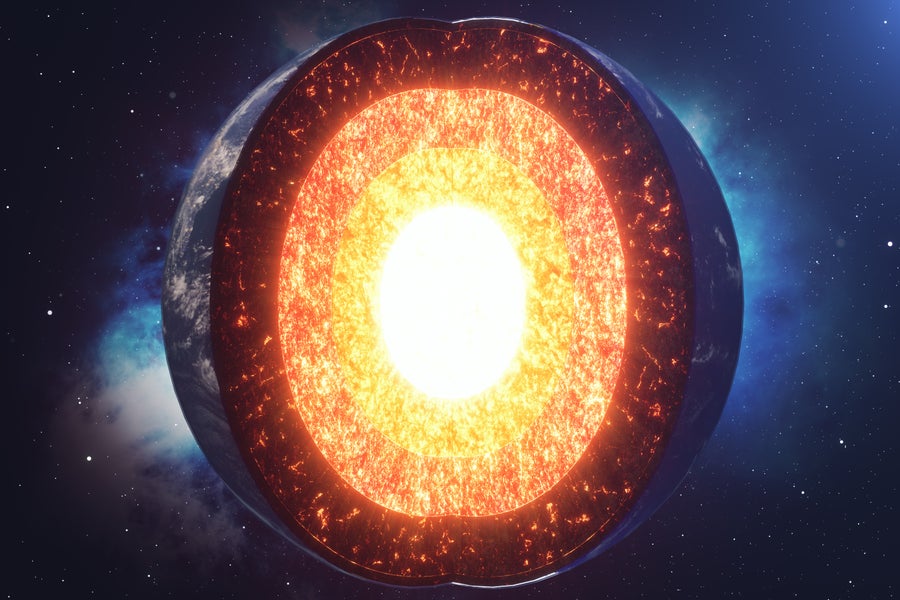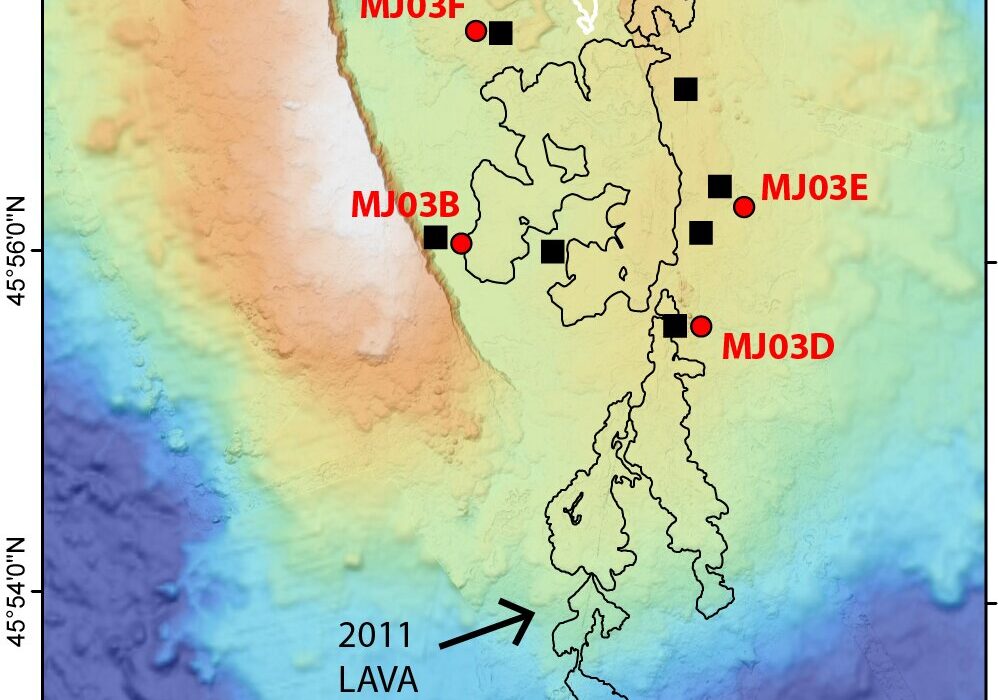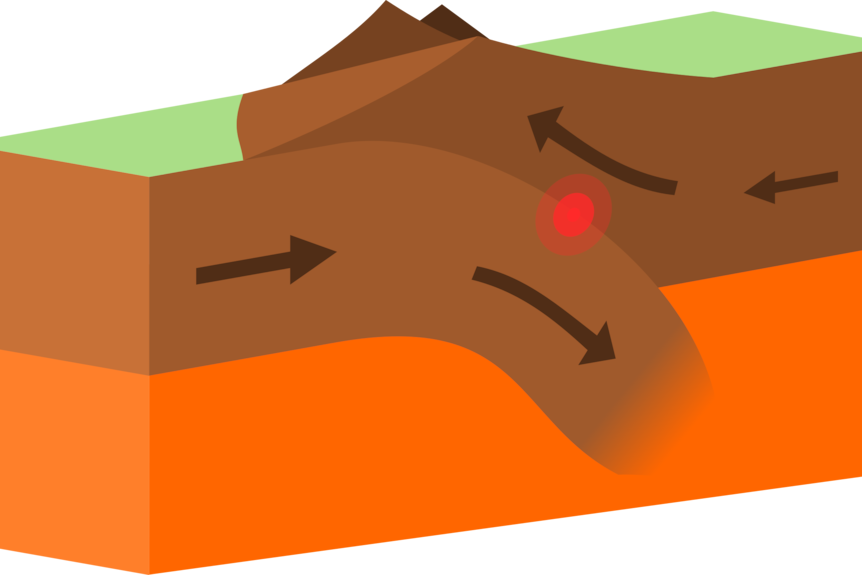Far above our heads, 150 million kilometers away, a seething ball of nuclear fire blazes in the vacuum of space. This is our sun—majestic, eternal-seeming, and absolutely vital. Every second, it pours energy across the cosmos, its light reaching planets, moons, and dust alike. But for one small blue planet orbiting in just the right place, solar radiation is not just a distant glow—it’s the heartbeat of life itself.
When the sun’s rays reach Earth, they do far more than just brighten our days. Solar radiation is the driving force behind weather systems, the engine of climate, the origin of winds, currents, and seasons. It feeds the forests, powers the oceans, and even guides the behavior of animals and plants. But this energy can also scorch, disrupt, and destroy. It’s a force of creation and of potential chaos—an invisible hand that never stops shaping our world.
To truly understand how solar radiation affects our planet is to understand the profound connection between Earth and its star. It’s a story of light and shadow, of warmth and warning, of balance and tipping points. And it begins at the core of the sun itself.
The Birthplace of Light: From Fusion to Flame
At the center of the sun, temperatures soar to over 15 million degrees Celsius. Here, in the core, hydrogen atoms are smashed together with such intensity that they fuse to form helium. This nuclear fusion releases vast amounts of energy in the form of photons—particles of light. But these photons do not immediately burst forth into space. Instead, they begin a slow, chaotic journey outward, bouncing off particles in the sun’s dense interior for tens of thousands of years before finally escaping into space.
Once free, these photons travel through the vacuum at the speed of light. Eight minutes later, a tiny fraction of them reach Earth. What arrives is a rich spectrum of electromagnetic radiation, ranging from ultraviolet to visible light to infrared.
But not all solar radiation is created equal, and not all of it reaches the ground.
The Guardian Above: Earth’s Atmosphere as Shield and Filter
Before solar radiation can touch the Earth’s surface, it must pass through our atmosphere—a dynamic shield of gases that protects life below. As sunlight enters the atmosphere, different wavelengths are absorbed, scattered, or reflected by air molecules, dust, and water vapor.
Ultraviolet (UV) radiation, for instance, is largely absorbed by the ozone layer in the stratosphere. This is a critical service, because high doses of UV radiation can damage DNA, leading to skin cancer, cataracts, and weakened immune systems. Without the ozone layer, life on land would be severely threatened.
Shorter wavelengths, such as X-rays and gamma rays, are even more energetic, but they are fortunately blocked entirely by the upper atmosphere. On the other hand, visible light and some infrared radiation pass through largely unimpeded, reaching the ground and warming the surface.
The atmosphere doesn’t just filter; it also acts as a mirror. Clouds reflect a portion of incoming radiation back into space. This is known as the albedo effect. Snow and ice also have high albedo, bouncing light away. In contrast, darker surfaces like forests or oceans absorb more energy.
The atmosphere is not just a passive screen—it’s an active participant in the great solar drama.
The Dance of Seasons: Solar Radiation and Earth’s Tilt
One of the most enchanting effects of solar radiation on Earth is the creation of seasons. They are not caused by how close the Earth is to the sun—as many assume—but by the tilt of Earth’s axis.
Earth’s axis is tilted about 23.5 degrees relative to its orbit. This means that at different times of the year, different parts of the planet receive more direct sunlight. During summer in the Northern Hemisphere, the North Pole is tilted toward the sun, and solar rays strike more directly. In winter, the same hemisphere tilts away, and sunlight arrives at a slant, spreading over a larger area and providing less energy.
This seasonal variation affects everything: the flowering of plants, animal migrations, ocean temperatures, wind patterns, and even human cultures and economies. Ancient civilizations aligned temples and calendars with the solstices, intuitively grasping the rhythm of the sun. We still celebrate holidays that trace their origins to the solar cycles.
The sun’s light is not just warmth; it is time, movement, and transformation.
Weather in Motion: Radiation as a Climate Engine
Solar radiation doesn’t simply light the Earth—it powers the vast machinery of weather and climate. When sunlight strikes the equator, it warms the surface more than at the poles, where light is less direct. This imbalance sets the atmosphere into motion.
Warm air at the equator rises, creating low-pressure zones, while cooler air from higher latitudes moves in to take its place. This circulation forms massive wind patterns, like the trade winds and jet streams. These winds, in turn, shape the movement of clouds and precipitation, guiding the development of storms, cyclones, and monsoons.
The oceans are equally shaped by solar energy. The sun warms the surface layers, creating temperature gradients that drive ocean currents. These currents act like conveyor belts, transporting heat from the tropics toward the poles. The Gulf Stream, for instance, carries warm water from the Caribbean up toward northern Europe, moderating its climate.
El Niño and La Niña, powerful shifts in oceanic and atmospheric patterns, are deeply influenced by changes in solar heating and trade winds. These phenomena can trigger floods, droughts, and famine across vast regions, underscoring how solar radiation’s ripple effects can be both beautiful and brutal.
Life’s Spark: Photosynthesis and the Solar Web of Life
Without solar radiation, life as we know it would not exist. The most fundamental biological process on Earth—photosynthesis—depends entirely on the sun’s energy.
Plants, algae, and certain bacteria absorb sunlight through pigments like chlorophyll. Using that energy, they convert carbon dioxide and water into glucose and oxygen. This process feeds the base of nearly every food chain on the planet. The oxygen we breathe, the food we eat, the forests we walk through—all owe their existence to the silent miracle of photosynthesis powered by sunlight.
But the relationship goes deeper. Circadian rhythms—the internal biological clocks of animals and humans—are synchronized with the daily light-dark cycle. The sun tells us when to sleep, when to wake, when to hunt or hibernate. Coral reefs spawn with the full moonlight, birds migrate with the seasons, and humans evolved to thrive in daylight.
Solar radiation is not just a source of energy—it is a biological signal, a cosmic metronome.
Too Much of a Good Thing: The Dangers of Excess Radiation
While solar radiation is essential, too much of it can be hazardous. Excessive ultraviolet radiation can cause skin damage, sunburn, and increase the risk of skin cancer. It can also impair immune responses and harm the eyes, contributing to cataracts and other vision problems.
Ozone depletion in the late 20th century revealed just how vulnerable we are. Human-made chlorofluorocarbons (CFCs) were thinning the protective ozone layer, especially over Antarctica. As a result, higher doses of UV radiation reached Earth’s surface. The global response led to the 1987 Montreal Protocol, a rare success story in environmental diplomacy. Today, the ozone layer is gradually healing.
But solar radiation poses other threats, especially from solar storms. Sometimes, the sun erupts in powerful outbursts called solar flares or coronal mass ejections. These release high-energy particles and electromagnetic bursts that can disrupt satellite systems, GPS, power grids, and even aviation. In 1859, a massive solar storm known as the Carrington Event caused telegraph systems to spark and fail. A similar event today could cripple modern infrastructure.
Solar radiation is both a giver and a potential taker.
The Greenhouse Blanket: How Solar Radiation Shapes Climate
One of the most profound effects of solar radiation on Earth involves the greenhouse effect. When sunlight hits Earth, much of it is absorbed by the surface and re-emitted as infrared radiation. Greenhouse gases—such as carbon dioxide, methane, and water vapor—trap some of this heat in the atmosphere, keeping the planet warm enough to sustain life.
This natural greenhouse effect is essential. Without it, Earth’s average temperature would be a frigid -18°C (0°F), rather than the current +15°C (59°F). But human activity, especially the burning of fossil fuels, has increased the concentration of these gases, intensifying the greenhouse effect and driving global warming.
As a result, the balance between incoming solar radiation and outgoing heat is being disrupted. This imbalance leads to rising temperatures, melting ice, rising sea levels, and shifts in ecosystems worldwide.
Ironically, the very energy that made Earth hospitable is now being reprocessed in a way that could threaten our future.
A Mirror in the Sky: Solar Radiation Management and Geoengineering
As the planet warms, scientists have begun exploring radical ideas to counteract climate change. One such idea is solar radiation management (SRM)—deliberate manipulation of Earth’s reflectivity to reduce incoming solar energy.
Proposals include injecting sulfur particles into the upper atmosphere to mimic volcanic eruptions, which naturally cool the planet by reflecting sunlight. Other ideas involve space-based mirrors, reflective aerosols, or brightening clouds.
These concepts remain controversial. While they could theoretically cool the Earth, they come with enormous risks, including changes in rainfall patterns, impacts on agriculture, and political disputes over who controls the thermostat. Moreover, SRM would not address other problems like ocean acidification, caused by CO₂.
Solar radiation is so deeply woven into Earth’s systems that any attempt to alter it demands extreme caution.
Eyes on the Sun: Studying and Monitoring Solar Radiation
Understanding solar radiation is a scientific priority. Satellites like NASA’s Solar Dynamics Observatory, ESA’s SOHO, and Japan’s Hinode continuously monitor the sun’s behavior. On Earth, ground stations measure the solar spectrum, UV levels, and total solar irradiance—the amount of solar energy reaching the top of the atmosphere.
Solar cycles—approximately 11-year patterns of solar activity—affect not only radiation levels but also space weather and geomagnetic storms. During solar maximum, more sunspots, flares, and ejections occur. During solar minimum, solar radiation is slightly reduced.
Climate scientists, astronomers, meteorologists, and energy researchers all rely on solar data to improve models, predictions, and technologies. In fact, accurate solar monitoring is vital for managing the growing solar energy sector, which depends on knowing when and where sunlight will be available.
The Future Under the Sun
The sun has been shining for 4.6 billion years and will continue to do so for billions more. For humanity, the challenge is not the sun itself—but how we live under it.
Harnessing solar power offers a clean, renewable energy source that could replace fossil fuels. As solar panels become more efficient and affordable, the same radiation that shapes our climate and feeds our forests could also power our homes, vehicles, and industries.
Education, technology, and policy must work together to manage our relationship with the sun wisely. We must protect ourselves from its excesses while cherishing its gifts. Climate change, ozone recovery, solar energy, and environmental stewardship are all part of this larger solar story.
A Golden Thread of Life
From the first stirrings of life in shallow seas to the rise of civilizations under sunny skies, solar radiation has been the golden thread that weaves through Earth’s story. It sculpts the land, stirs the air, feeds the roots, and lights the way.
Every sunrise is a reminder of this ancient bond—of the energy that flows freely from a distant star, falling gently on fields, oceans, and skin. We are, quite literally, beings of sunlight. Our bones, our breath, our thoughts all trace back to that glowing sphere in the sky.
To understand solar radiation is to see more clearly not only the forces that govern our world, but also the fragility and wonder of the thin, sunlit layer of life we call home.






